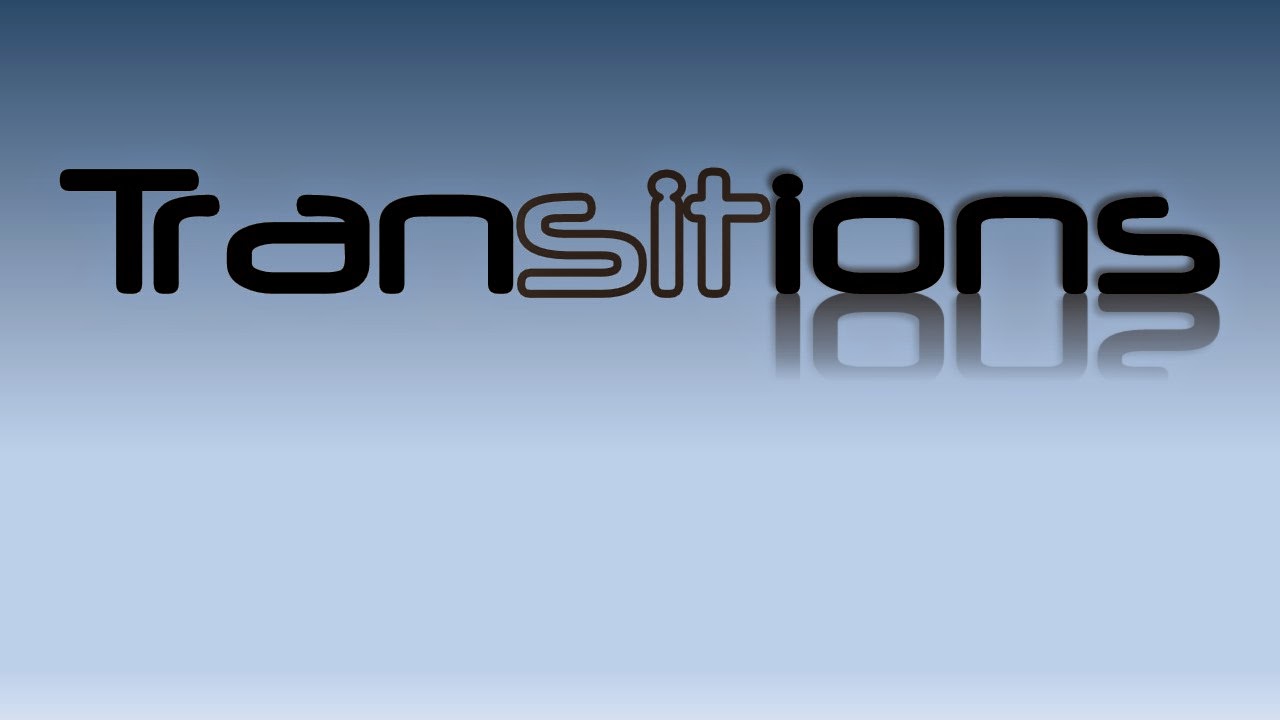Why,
then, does our communication fail so often?
Why do people misunderstand, fail to follow, not remember, respond
incorrectly, or fail to respond at all?
Communication
fails because we do not fully understand the entire process. Yes, communication is a process not a one-way
shot. To most of us, most of the time,
the communication model looks like this:
A
sender has something that needs to be transferred to someone else, a
message. The message must be delivered
through a medium. The medium might be
direct verbal, written, or take the form of a picture, a painting, a video,
audio or others. It could be a letter, an email, a Facebook message, a tweet,
an essay, an entire book or a simple scribbled note. Direct verbal communication is the easiest
one to dissect because we engage in conversation many times a day. Once the sender crafts the message and
selects the medium it is then delivered to the receiver, the intended recipient
of the message.
That’s
where we stop. Message delivered. Communication complete. Yet, how often do we find that communication
was faulty? What if the sender sent the
wrong message, or if autocomplete changed it?
What if the message was constructed poorly or not in a way that the
receiver understands? What if the
sender, the message and the medium were right but the receiver did not
interpret it correctly. Do you see all
the potential for error or confusion?
How can we improve our communication success percentage?
The single biggest problem in communication is the illusion that it has taken place. ~George Bernard Shaw
The single biggest problem in communication is the illusion that it has taken place. ~George Bernard Shaw
Here is
the missing part of the communication model.
Do you see the new part? Do you
understand how critical it is to successful communication? Do you know how to use it to dramatically
improve your communication skill?
The
reason we get so frustrated about our attempts to communicate is that we fail
to complete the loop. We don’t look, or
wait, for feedback. Without feedback we
have no idea if the message made it through to the receiver in a complete or
accurate form.
Have
you ever played “telephone”? In the
parlor game where someone whispers a message to the person next to them and
then it is passed around the circle in private whispers, the final message is
never accurate and almost always widely off the mark. That’s a serious communication problem but
even worse would be having no idea how distorted the message had become.'
The two words 'information' and 'communication' are often used interchangeably, but they signify quite different things. Information is giving out; communication is getting through. ~Sydney J. Harris
The two words 'information' and 'communication' are often used interchangeably, but they signify quite different things. Information is giving out; communication is getting through. ~Sydney J. Harris
What to
do? The key to effective communication
is to always check for understanding after you communicate something
important. The easiest way to do that is
to simply ask a question. Try to avoid
accusatory language. “Were you
listening?” “Did you understand that?” “What did I just say?” Instead, ask for
agreement or understanding. “Does that
sound like a good plan?” “Is that going
to be possible?” “Do you have any
questions?” The best question would
force the receiver to paraphrase what you said.
“Did I cover all of the reasons?”
“How could I explain that better?”
“I hope I covered that completely.”
“Did I make sense on all of that?”
“Which do you think is the best one?”
“How should we decide what to do next?”
You get the idea. Asking
questions gives you a chance to get direct feedback, start to plan the next
action, check for agreement, and encourage the receiver to respond to you.
What
other ideas or examples do you have for ensuring that accurate communication
has been achieved? Are you familiar with
this communication model? How do you
check for accurate communication? Would
you be willing to share any examples of communication gone awry?



